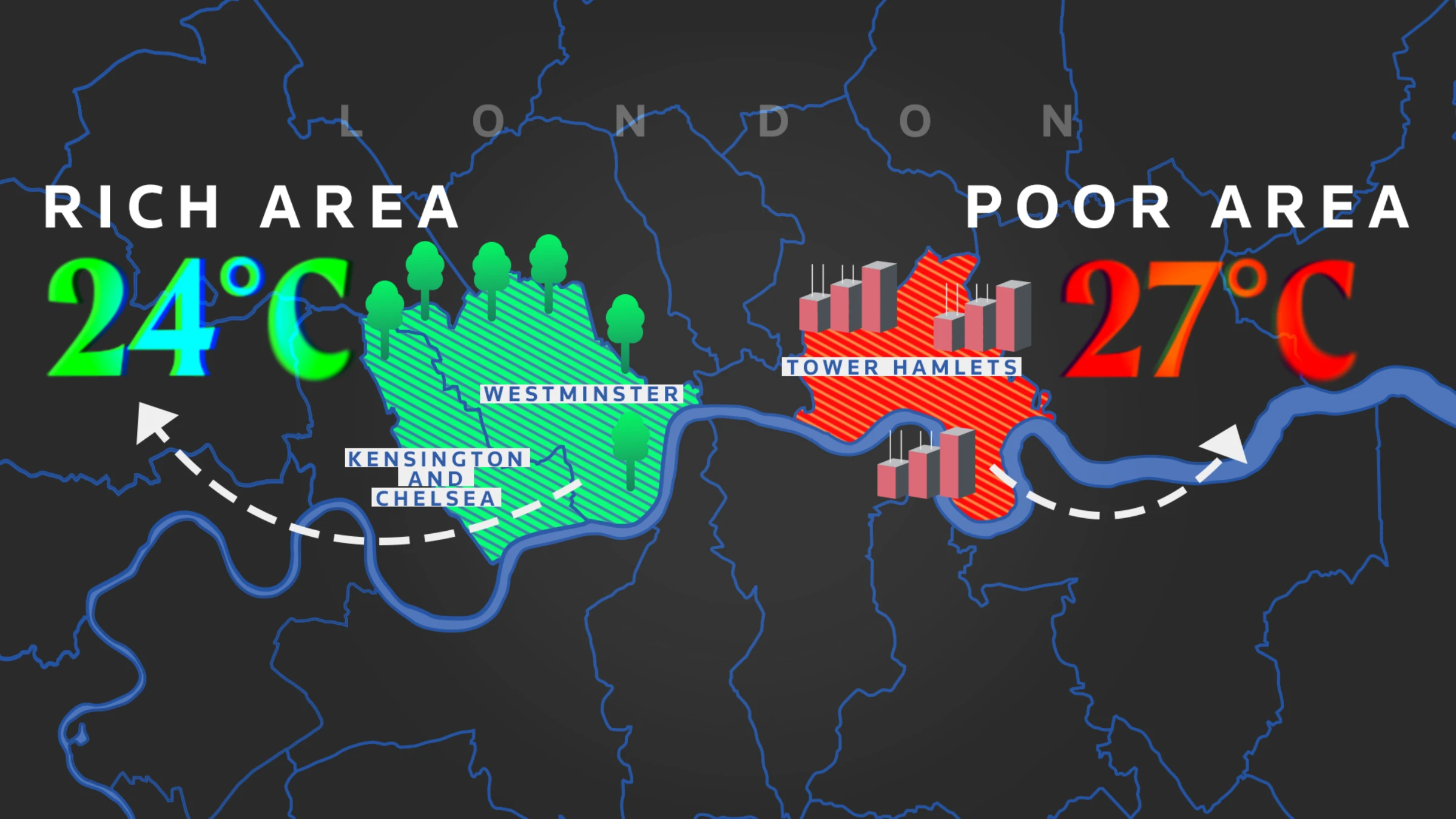What Everest tells us about climate change

New to Context? We'd love for you to find out a little more about what we do. Click here for a selection of our best work.
To understand how the acceleration of climate change is unfolding around the globe, scientists are looking at Mount Everest. As temperatures on the Himalayan peaks rise faster than in other parts of the world - due to a phenomenon called elevation-dependent warming - the icemelt on the planet’s highest glaciers is upending many aspects of life in the region.
For climbers and tourists, the risks posed by avalanches and other climate-related accidents keep growing: 2023 has already been one of the deadliest years on record on Everest. For local Sherpa communities, warming impacts are bringing personal danger and economic harm, including a lack of water for agriculture and a bigger threat of large-scale flooding and glacial lake outbursts.
We traveled to the iconic mountain range to see how the climate crisis is unfolding, and what lessons we can learn from the top of the world.
Subscribe to our YouTube channel | Watch more videos like this

























